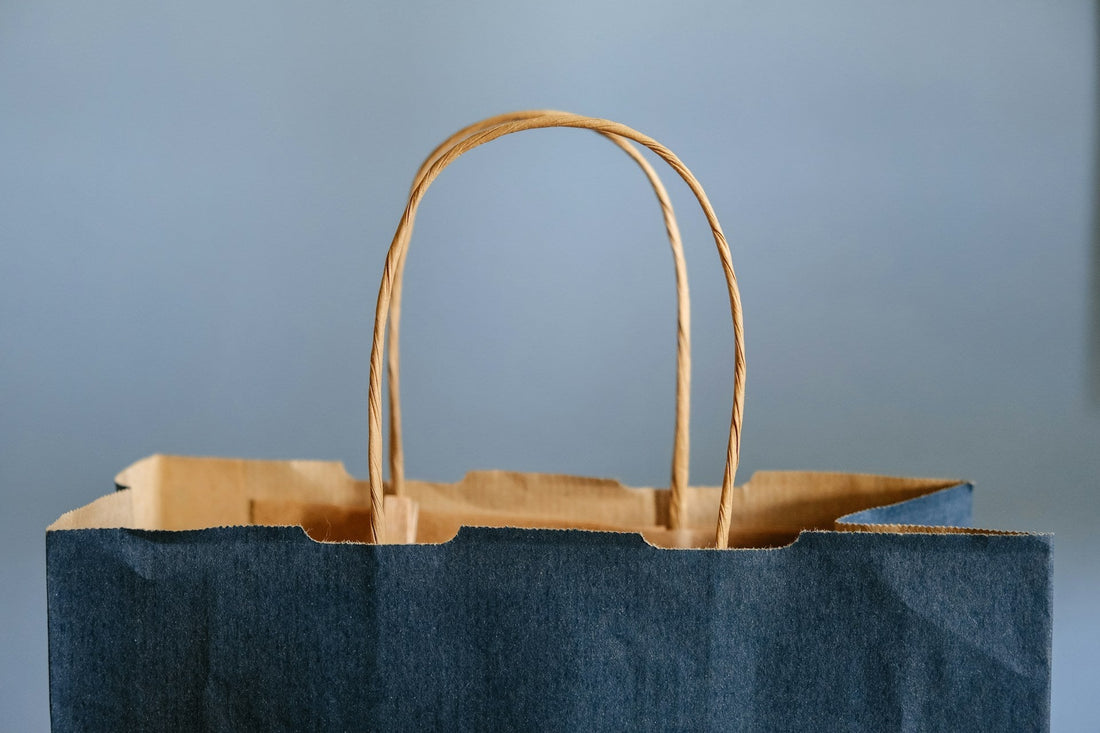
Some Common Packing Mistakes to Avoid When Moving Out
When it comes time for your move, you'll find a lot of organizations that offer moving types of assistance, in addition to packing and unpacking. It merits considering that moving organizations are normally not obligated to harm in any containers that you pack yourself. This is because individuals make lots of packing mistakes when doing it all alone.
For some individuals, the risk of harm is lower than the cost of professional packers. Others like to handle the work on their own, as part of the method involved with downsizing and categorizing family items. That is the reason Jet Paper contacted professional moving organizations and packing experts to request counsel.
Common Packing Mistakes
Here are a few packing mistakes you should avoid:
Not packing accurately.
Delicate items like platters, plates, and outlined pictures should be triple-wrapped and put on their edge. Lampshades and bloom plans should be packed along with the room above them in the carton. Electronic gadgets like notepads and tablets can be obliterated internally by openness to attractive fields when packed with speakers.
Food should never be blended in with poisonous cleaners/synthetic substances. Fragile items like speaker fronts and PC/television screens should be put level against the inside of the carton. Power strings, links, and controllers should be packed with the main item. Fluids like water, drinks, and cleaners shouldn't be packed.
Flawed toiletries
When people initially begin traveling a long while back, they don’t think about enormous containers of cleanser exploding in their suitcases until they show up at their destination and discover a "goo" all through the suitcase.
Inappropriate preparation and scheduling: Most common packing mistakes
Take the time to sort, cleanse, and coordinate. Begin with the most un-utilized items and work toward the most-utilized items. Set up bins for different items — waste, donate, reuse, and keep. Make "open first" cartons, which should be unpacked first, that contain items you will require immediately.
Poor labeling methods.
All labeling should be printed 2 inches high on different sides of the case and the top. Using a dark wide tip marker, print your last name, the room the cartons go to, and a list of contents. Number every carton and cross-reference it to a listing of the contents listed on a home inventory. Any unique instructions, for example, "keep upstanding" or "top burden," should be labeled on every one of the four sides.
Packing resources in your look-at bag
For well-being and security, never pack costly, rare, or items of significant worth in your look-at bag, as travelers have been known to lose items to robbery or missing bags.
Not knowing box limits.
A standard box estimates around 1.5 cubic feet, which can hold around 65 pounds and no more. To some, cases could generally appear to be something very similar, yet makers utilize a framework to quantify by and large weight capacity. It is significant these are assessments of the qualities, and it is critical to inspect boxes to ensure they are not harmed.
Not layering your case appropriately.
To get going, layer the bottom of the case with packing peanuts to safeguard items without taking up valuable room. Each case should be packed with weighty items on the bottom that are enveloped by bubble wrap. Then layer lighter items on top. Before sealing the box add additional packing peanuts to add truly necessary cushion between items.
Packing hazardous materials.
In addition, numerous hazardous materials should not be packed along with your shipment. Even nail polish remover, which appears to be innocuous, can jeopardize your whole shipment. What's more, finding the right packing materials, boxes, and different supplies is simpler today; however, if you have an extraordinary, difficult-to-fit item, for example, a ceiling fixture, you want specialty materials.
You limit transporter liability when you pack yourself.
To begin with, the moving transporter that ships your Do-It-Yourself packed merchandise has only limited liability for harmed or annihilated contents.
You have a lifetime's collection of significant possessions and family treasures that should be completely safeguarded and packed by professionals who know the ins and outs of packing securely and safely. When you have a professional pack for you, the transporter is responsible for harmed items.
Overconfidence.
If you don't know if you can accomplish some part of your move without professional help, don't attempt. Don't resemble the threesome of understudies we helped who stalled their love seats out on a staircase. Getting in a tight spot and having to call crisis help is not great.
Packing the truck incorrectly.
Doing this in Converse can pound your belongings.
Conclusion
You can't do it all yourself, so if a companion offers to help or you have hired packaging solutions in New York and they have some free time to help out with unpacking, give them an area to focus on or an undertaking to handle that will help get you to the finish line.
For example, they can help you avoid packing mistakes, separate and stack void boxes, and put packing paper and waste in a bag. It's better to be spotless as you go as opposed to waiting for the rest of the day when you simply need to nod off.
Read Also:

